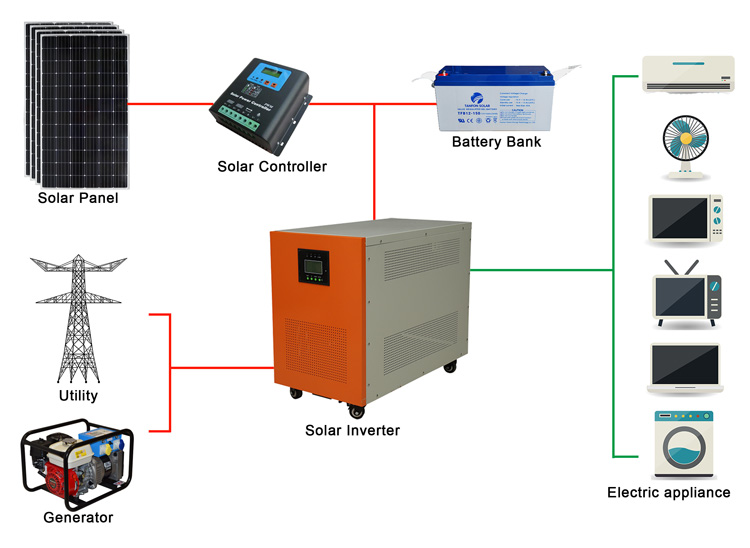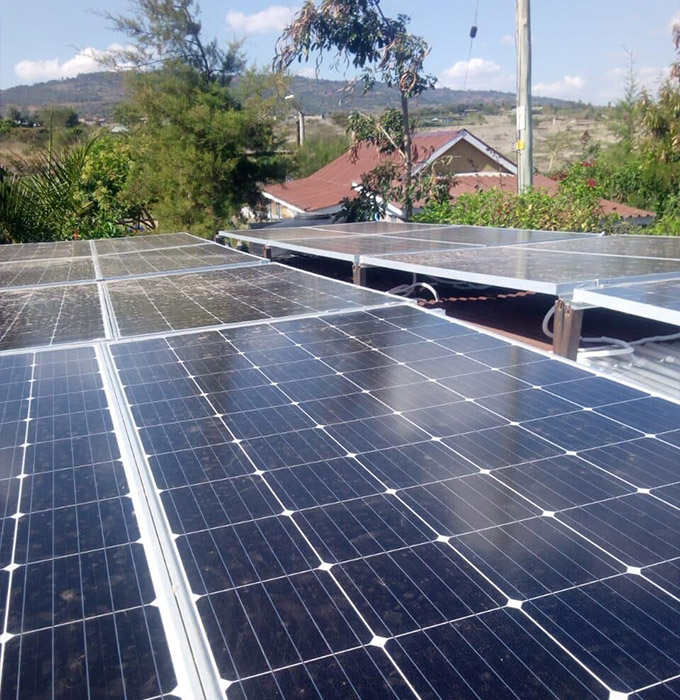Top 10 Solar Project Solution Factory In China
We all know that the price of PV off-grid systems is higher than that of grid-connected systems, and the prices even differ by thousands. Why is there such a big gap?
PV off-grid systems are mainly composed of solar panels, solar controllers, inverters, battery packs, etc., and do not need to be connected to the power grid. PV off-grid systems are extremely widely used in practical applications, such as transportation, military, aerospace and other fields. Applications of PV off-grid systems are as small as charging treasures, street lights, and aerospace and transportation. Take our daily life, solar street lights on the side of the road is a small off-grid system, which uses photovoltaic power generation during the day, the battery stores the electricity generated by photovoltaic panels during the day, and the electric lighting stored by the electricity storage at night.

PV grid-connected systems consist of solar panels, grid-connected inverters, brackets, and other related system accessories. Because the grid-connected system needs to be connected to the grid, it needs to be equipped with a two-way meter. The electricity generated by the grid-connected system is AC and can be directly used in households. Load, excess electricity can also be sold into the grid.
The PV off-grid system is not connected to the grid, so a battery is needed to store electricity. Naturally, the battery is the most important part of the system. At present, storage batteries include lead-acid batteries and lithium batteries. In off-grid systems, it accounts for 30% -50% of the cost of power generation systems.

The cost of an off-grid inverter is about twice that of a grid-connected inverter. The cost of an off-grid inverter is high, which mainly depends on the overload capacity being a hard indicator. The output of the off-grid inverter is connected to the load, and many loads are inductive loads. The starting power is 3-5 times the rated power and the overload capacity is strong. This requires higher power and quality requirements for components, and the natural cost is more expensive. The PV grid-connected inverter is connected to the front section of the module, and the back-end output is connected to the grid.
